|
The work of the International Urbanization teams has been featured in the China Daily!
The article draws attention to the "three years' interdisciplinary efforts" of Stanford's Urban Studies Program and Tsinghua University's Academy of Art and Design. Read more here. Air and water quality. Resource consumption. Energy and transportation infrastructure. As the planet’s urban-dwelling population increases to 6 billion people by 2050, the sustainable development of cities (already responsible for up to 70% of carbon emissions today) presents a major challenge—and we know you're up to the task! This fall, join a unique experience studying urbanization and human communities, with a focus on China, home to some of the world's fastest-growing cities. You will collaborate with students from Tsinghua University in Beijing on projects related to urban mobility, cultural heritage, energy, and air quality. Interface with industry professionals, leading scholars, and NGO experts from Clean Air Asia, Intel, China Sustainable Transportation Center, and the Natural Resources Defense Council (NRDC) among others. The course is open to undergraduate and graduate students from interdisciplinary backgrounds interested in cross-cultural collaboration, community-based research, and taking action to develop human cities. Autumn 2015: International Urbanization Seminar URBANST 145 / CEE 126 / EARTHSYS 138 / IPS 274
As the planet's urban population surges, the growth and evolution of cities presents a key challenge to both the developed and developing world. What makes for a sustainable city? Can we build communities that are both livable and socially equitable? Can human-centered design be part of the solution?
Gain new insights into city environments and play with prototypes by multinational teams from Stanford, Tsinghua University (China), ESSEC (France), and UC Berkeley. Key topics include: urban bicycles, cultural heritage preservation, food systems, electric vehicles and more! Hear from international experts in a series of 6-minute Lightning Talks throughout the afternoon and explore interactive exhibits. What: Urban Sustainability Design Expo Where: Building 550 d.school When: Presentations 12-2 PM (Studio 1) Guided Exhibits 11 AM - 5 PM + Lightning Chats throughout the afternoon (Concept Car) Share the Stanford events listing: http://events.stanford.edu/events/468/46889/ Photo of Hong Kong sunrise. Source: Kam Ming Chow The GOOD City Index believes "a city’s heartbeat is best measured in “possibility”—the pervading sense that though a place may be far from perfect, its citizens are taking a bold stake in its future through a mixture of creativity, hustle, and civic engagement." The results of the 2014 index have been published, featuring spots around the world that embody this sense of possibility, defined according to several measures: being a hub for progress (i.e. fixing things that are broken); civic engagement; street life and activity in local public spaces; thriving in a challenging or defining moment; a sense of connectivity among residents; green life, a measure of sustainable living; diversity; and work/life balance, something not always easy to establish in the fast-paced modern world. Cities in the Chinese Diaspora that made the ranking include Hong Kong, which tops the list; Singapore, Taipei, and Shanghai. I'm going to wager that hawker centres in Singapore and Taipei's night markets boosted rankings in the Street Life category for those cities. Could it be that the Umbrella Movement, with its utterly civil protests for universal suffrage, put Hong Kong over the top?
— Kevin Hsu During our "aerial overflight" of Beijing in class on Monday, we discussed the “Bird’s Nest” and other venues built for the 2008 Olympic Games. A great article from NPR explores what's happened at this former landmark, which has seen various failed schemes and dwindling numbers of visitors: China's Post-Olympic Woe: How To Fill An Empty Nest (NPR) Our class also considered the investment into this single building. The stadium's management estimates it will take 30 years to pay back the construction costs of 3 billion yuan ($480 million). To this day, the Bird's Nest has no regular tenant, requires $11 million each year to maintain (The Atlantic), and suffers from air pollution damage as well. These types of vanity projects are often called "white elephants" which The Los Angeles Times defines as "a big, expensive building that no longer serves a purpose." The rest of the Olympic venues are suffering far more. There's a sharply-worded photo series here that shows the contrast between the various Olympic buildings at their height of glory in 2008 and the state of disrepair they've fallen into today. (The original Reuters album of "abandoned venues" photos has more detailed captions, with less snark.) Caixin, an investigative publication in China, also has a good synopsis on Empty Nest Syndrome for Post-Olympics Beijing (Caixin), which delves into the financial structure of running the Bird's Nest today, which only sporadically hosts events. Some visitors may think it was worth it to build a landmark, but others are annoyed at the resources expended on the effort, which continues to drain coffers today. Finally, we covered national investment into Olympic Games infrastructure and mentioned why paying for the whole shebang usually isn’t a good deal. Most examples in recent history show this as a poor investment for cities—see another article from an economics professor at Smith for the key "promises" of Olympics that almost never materialize—yet cities keep lining up to host these global events. One reason why is that they are popular with the public, despite their cost. (On the other hand, the World Cup provoked significant protests this year by people upset at lavish spending on stadiums while public services, especially for the poor and marginalized, remained underfunded.)
While there may be symbolic value in "coming out" to the world, particularly for China in 2008, the hollow shells that litter Beijing take on their own symbolism in today's urbanizing environment. For whom were these built, and what is left over after the rest of the world moves on? As a bonus, here are some photos I took of the Bird's Nest under construction in 2007—a time when Facebook was not yet blocked in China. —KH Today, we celebrated our newest international collaboration! Caroline Nowacki, an alum of the International Urbanization Seminar, introduced us to her alma mater ESSEC—also known as the École Supérieure des Sciences Économiques et Commerciales. It is one of France's top business schools, located some 30 kilometers west of Paris. For this project exploring social inequity in urban areas, we are collaborating with Patrice Noisette, the Academic Director of the Advanced Master's degree in Urban, Environmental and Services Management. The students in his class this fall are studying "Strategic and Operational Urban Development," including a set of lessons focusing on deprived urban areas, and social and economic renewal. We are very proud to have Caroline return to our classroom as a guest lecturer. She oriented everyone to ESSEC as an institution and Paris as the city of study. We then watched a set of videos the ESSEC students created, based on their observations of Paris and the twin phenomena of "Gentrification" and "Urban Deprivation." The Stanford students will be making similar mind maps and videos explaining manifestations of social inequity in the San Francisco Bay Area. Some questions the ESSEC videos address include:
As soon as the first video played, featuring a handsome French student, the delighted giggles from the Stanford side rang out. Ah ... this will be an interesting exchange!
— Posted by Kevin Hsu UPDATE: The content of the ESSEC-Stanford exchange can be found here: france.internationalurbanization.org We have created a map showing the many different hometowns of the International Urbanization Seminar participants. This quarter, students come from five different countries, including China, the US, UK, Mexico and Singapore. The smallest town? 1.6 square miles. The most populous city? That depends if you're looking at the Urban core or the Metropolitan area. Stanford students are represented by a blue icon, while the Tsinghua students are demarcated by a green icon. Click on the image above to explore in more detail.
—KH |
Cities + Spaces
Documenting the process of cross-cultural design and collaboration for sustainable development. Archives
March 2017
Categories
All
|
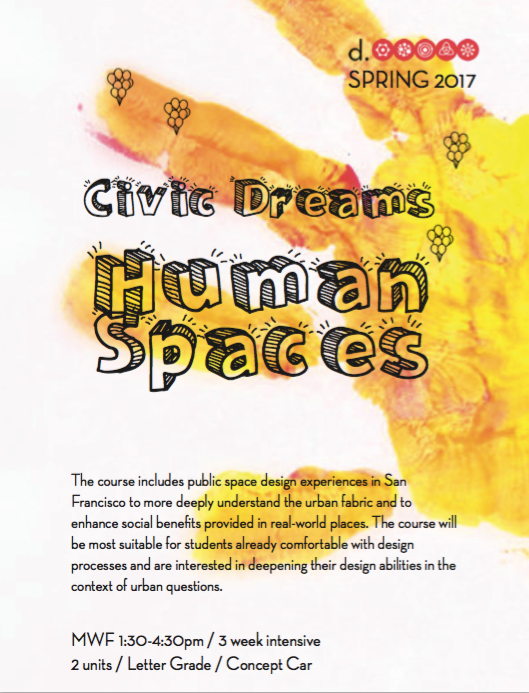
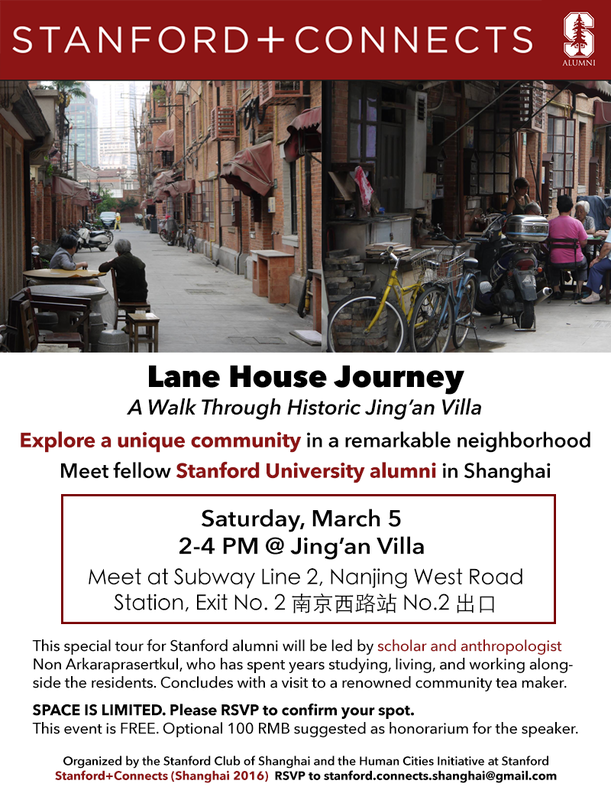
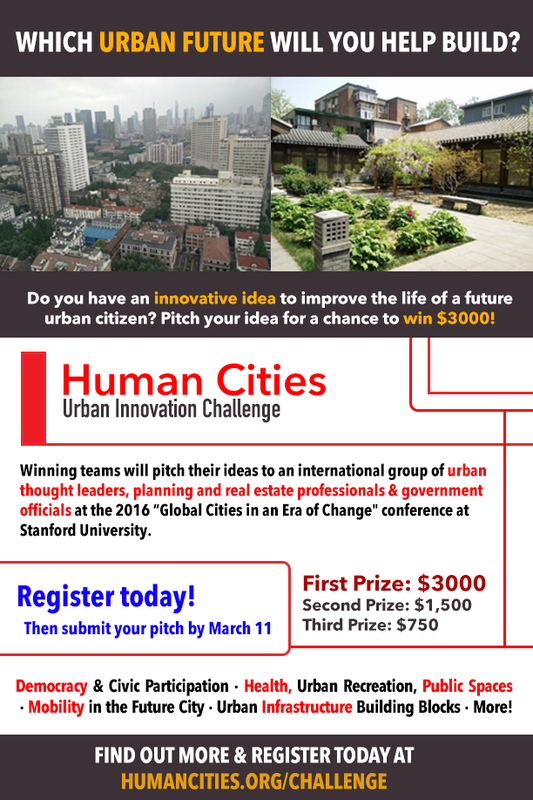

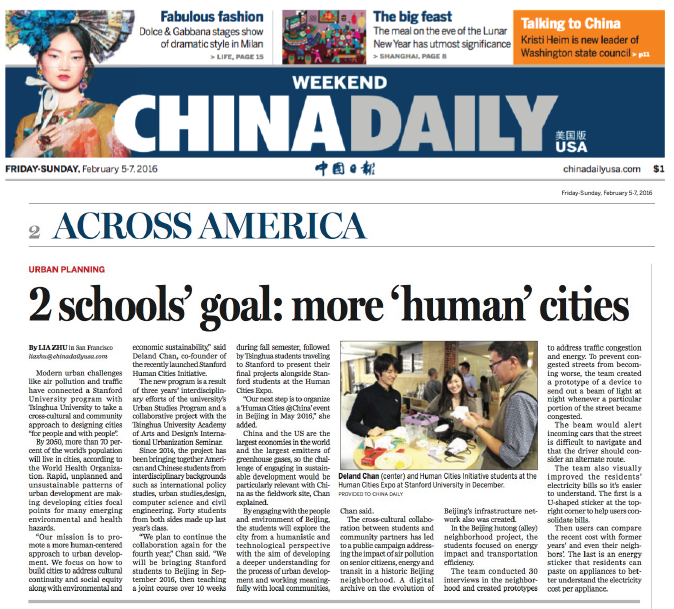
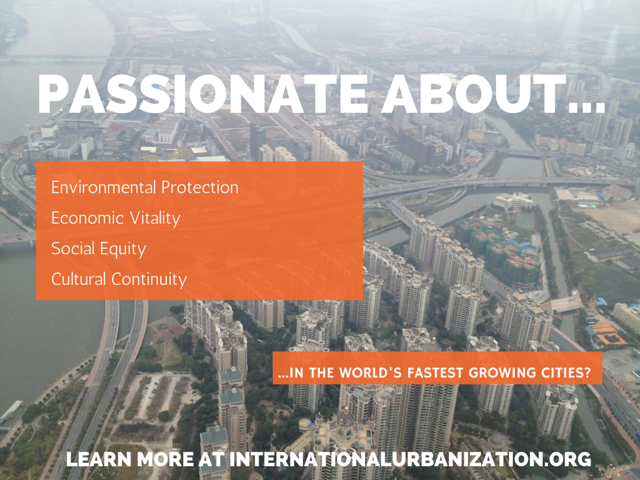
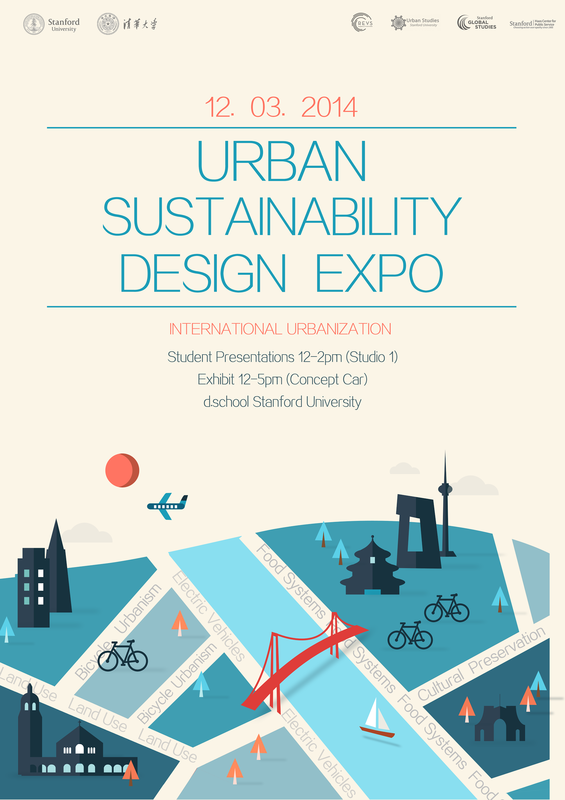
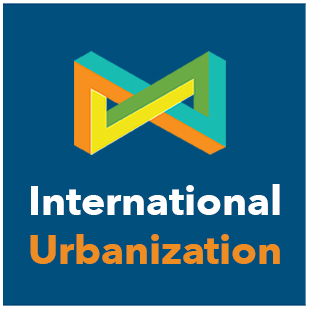


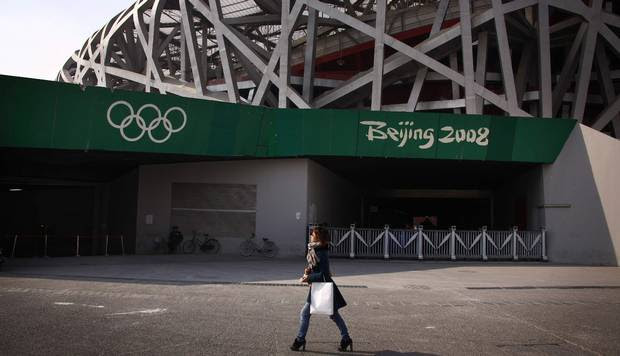
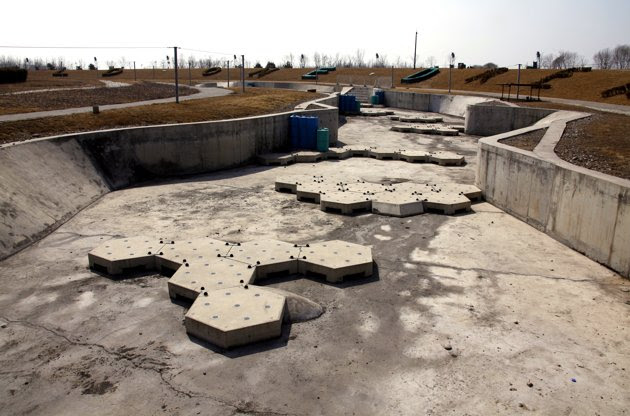
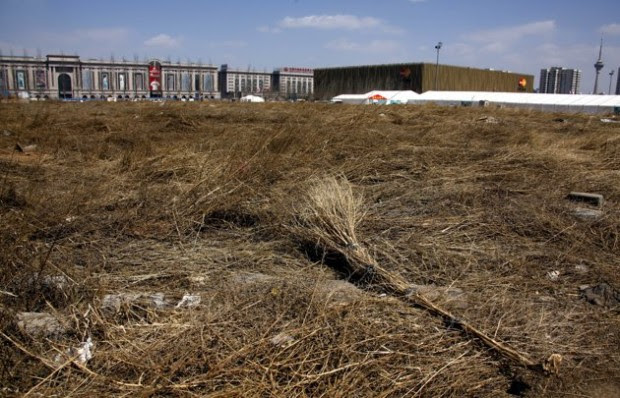
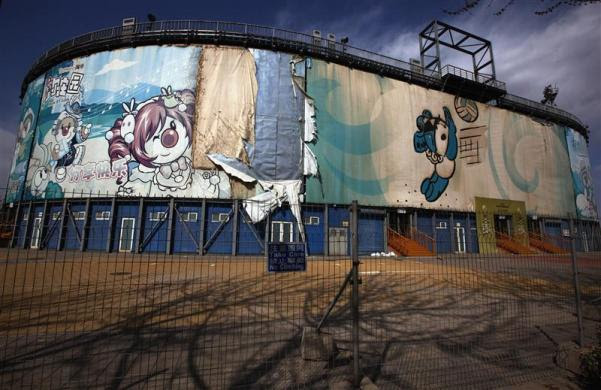
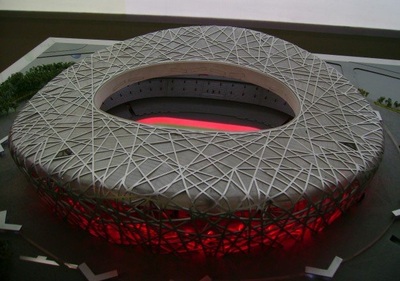
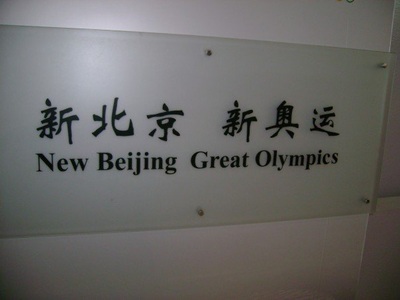
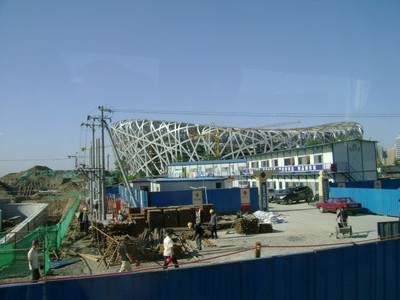
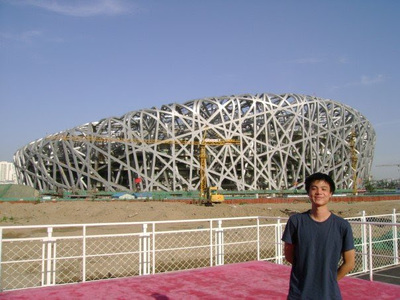
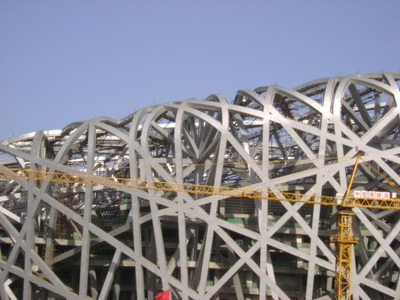
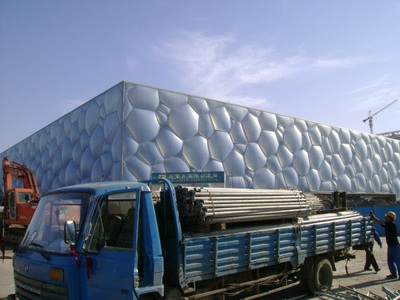
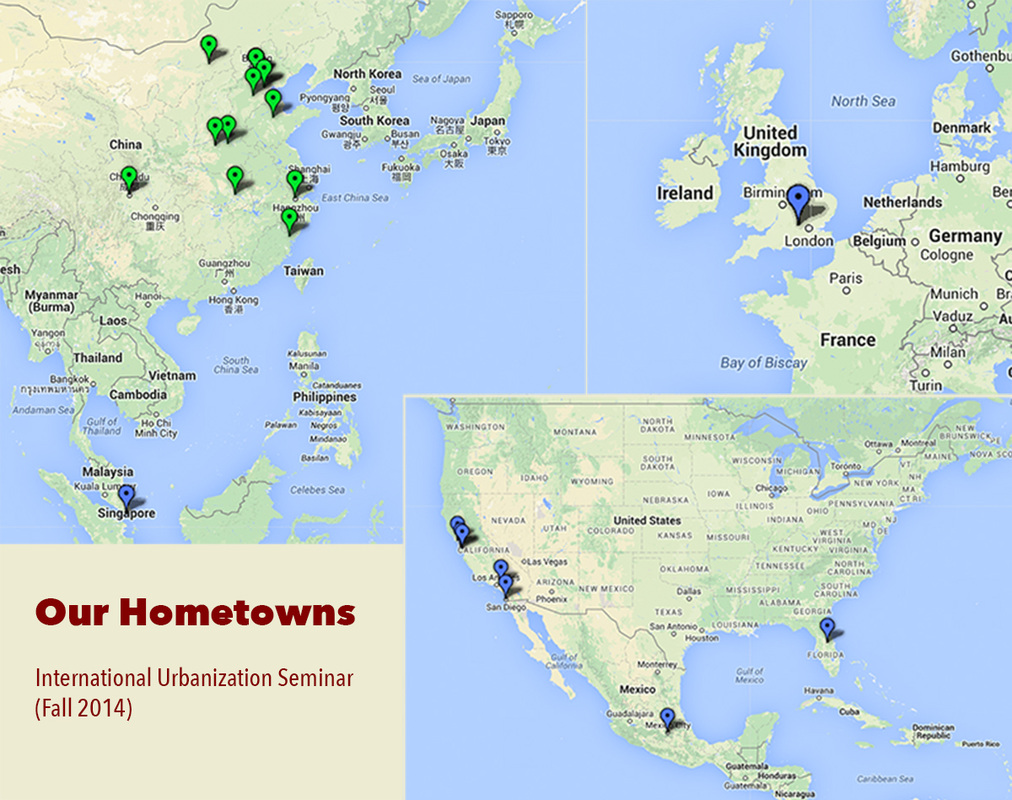
 RSS Feed
RSS Feed
